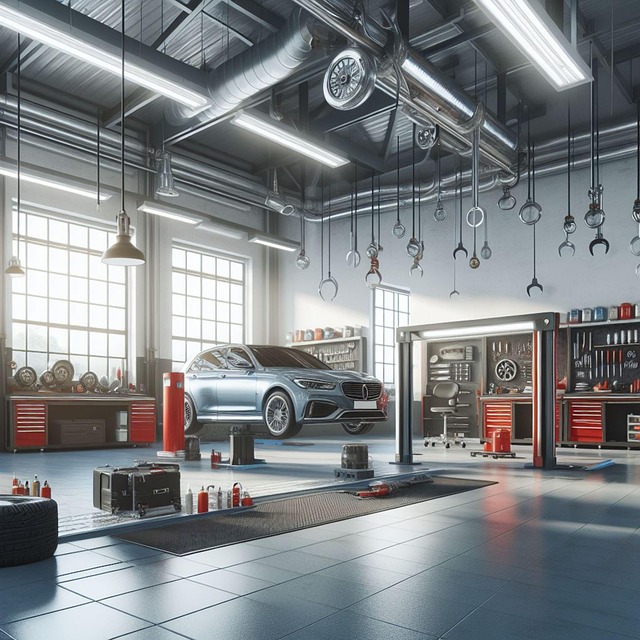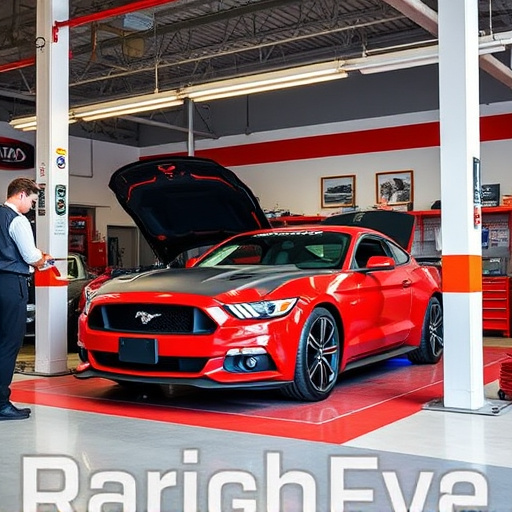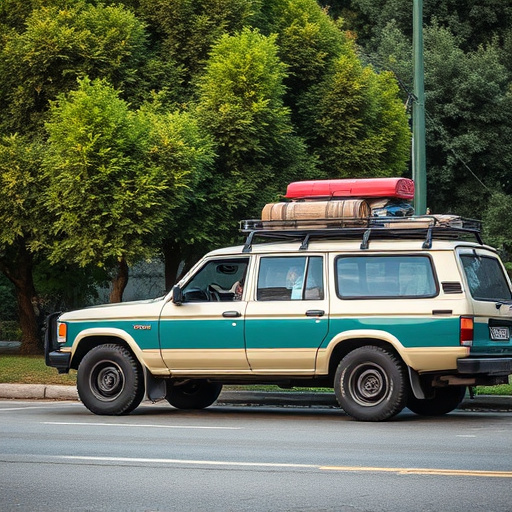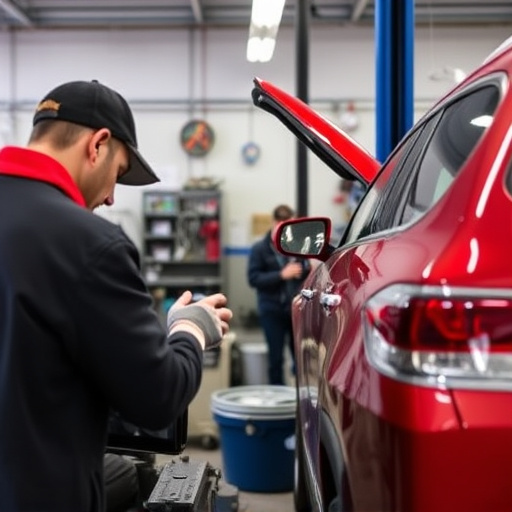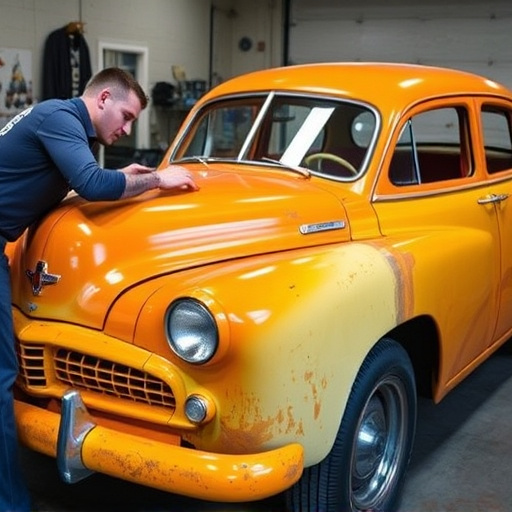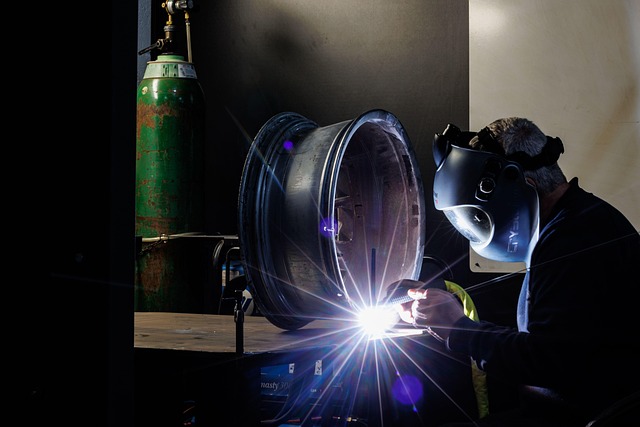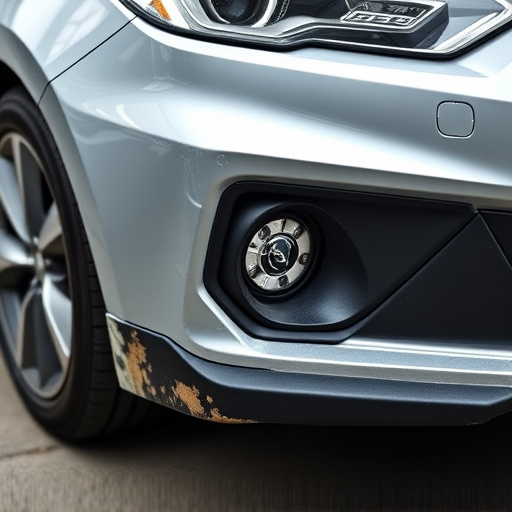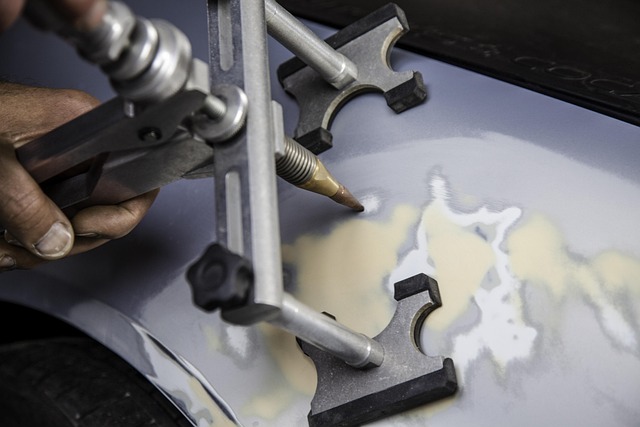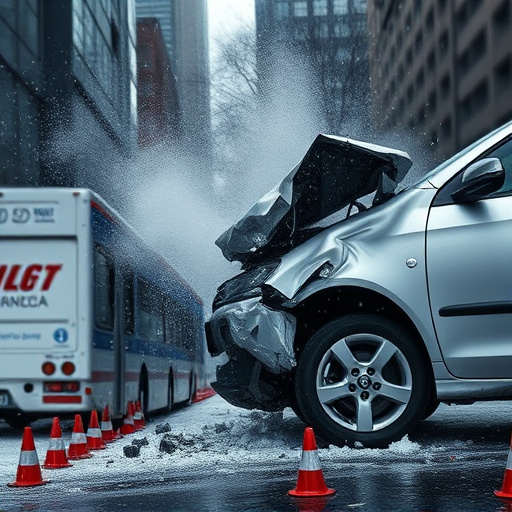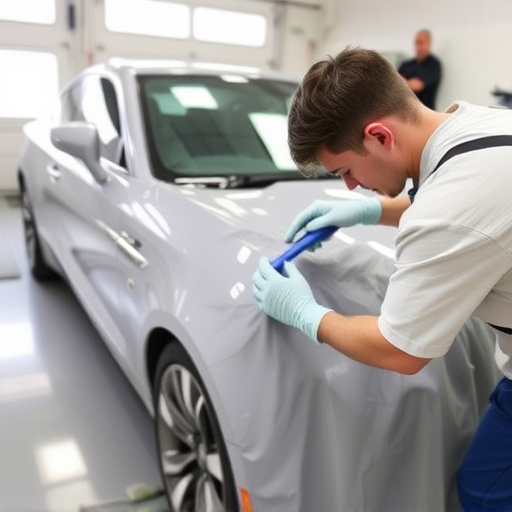Towing to collision centers presents distinct challenges based on location—urban vs rural. Urban areas offer dedicated lanes, GPS tracking, and nearby repair services for efficient towing. Rural regions face remote locations, limited access, and longer distances, requiring specialized equipment and operators skilled in challenging terrain. Both settings rely on partnerships with auto body shops for post-towing care, ensuring vehicles are restored after damage, with urban areas benefiting from robust networks and rural areas adopting innovative solutions like mobile repair units.
In today’s fast-paced world, efficient towing services to collision centers are paramount, with distinct needs in urban versus rural settings. Urban areas present unique challenges, demanding agile strategies for dense traffic and limited spaces. Conversely, rural locations require specialized equipment and consideration for remote access. This article explores these nuances, delving into the challenges and solutions for urban collision centers, the unique aspects of rural towing, and a comparative analysis highlighting the impact on customer experiences across diverse landscapes.
- Urban Collision Centers: Challenges and Efficient Towing Strategies
- Rural Towing: Unique Considerations for Remote Locations
- Comparative Analysis: Services and Logistics Impact on Customer Experience
Urban Collision Centers: Challenges and Efficient Towing Strategies
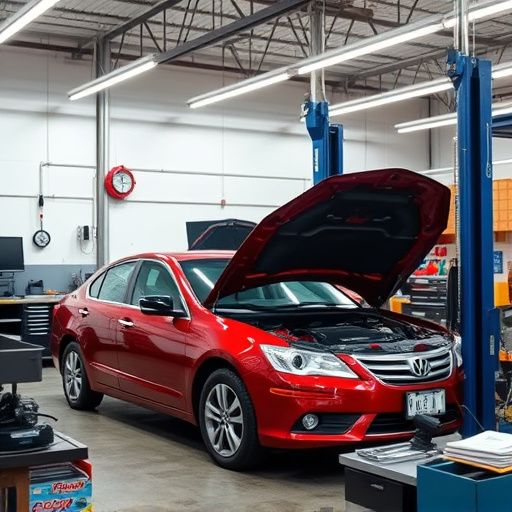
Urban Collision Centers face unique challenges due to high-density populations and complex traffic patterns. Towing a damaged vehicle to these centers often involves navigating through congested streets, tight corners, and limited parking spaces. Efficient towing strategies in urban areas include prioritizing dedicated tow truck lanes, utilizing advanced GPS tracking for real-time location updates, and coordinating with collision repair services to ensure seamless handover.
Specialized equipment, such as low-bed trailers designed for safe vehicle transport, is crucial for minimizing damage during the towing process. Additionally, skilled tow truck operators in urban settings must possess excellent spatial awareness and quick decision-making abilities to handle unpredictable traffic conditions. They often work closely with local auto body shops, streamlining the process of vehicle drop-off and collision repair services to minimize downtime for affected vehicles.
Rural Towing: Unique Considerations for Remote Locations
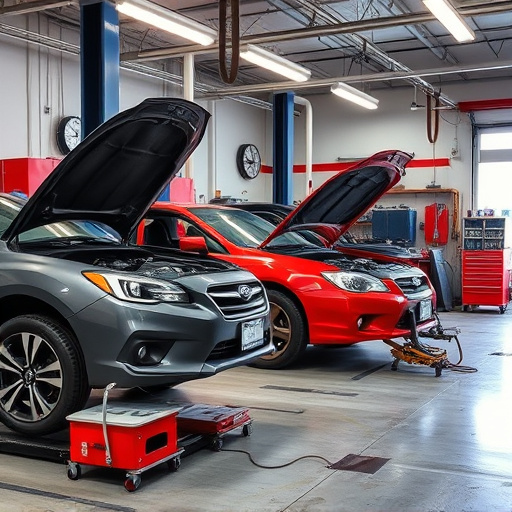
In rural areas, towing to a collision center presents unique challenges due to the remote nature of these locations. Often, there is limited access to public roads or the distance to the nearest auto repair shop can be considerable. This requires specialized equipment and highly skilled tow truck operators who are adept at navigating challenging terrain. Rural towing services must also account for weather conditions, which can exacerbate road hazards like mudslides or flooded areas, impacting the safety and efficiency of vehicle transport.
Additionally, in these off-the-beaten-path regions, there might be fewer vehicle collision repair facilities available, making it even more critical to ensure that tow trucks are equipped to handle various types of vehicle damage, from minor fender benders to major structural issues. The proximity and accessibility of auto repair shops, including those specializing in car paint repair, play a significant role in the post-towing care and restoration process, ensuring vehicles return to their pre-collision condition.
Comparative Analysis: Services and Logistics Impact on Customer Experience
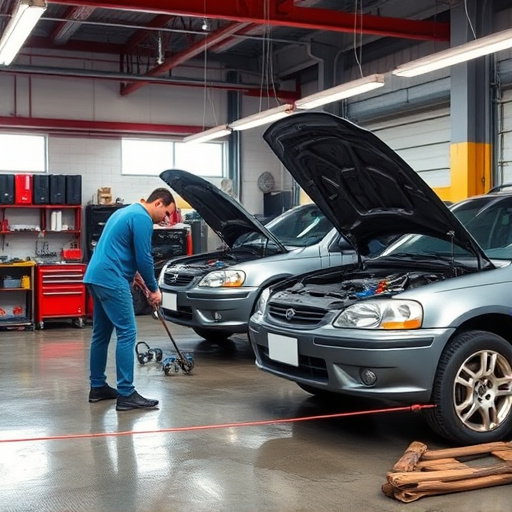
In urban settings, towing to a collision center is typically facilitated by well-established networks of professional tow truck operators. These service providers are equipped to handle high-traffic conditions and often boast advanced logistics capabilities, enabling them to provide swift responses during peak hours. This efficiency can significantly enhance customer satisfaction, especially when combined with readily available body shop services and auto glass repair facilities within the urban collision center network. Customers in cities may appreciate the convenience of one-stop shops that offer on-site car body restoration alongside other essential repairs.
In contrast, rural areas present unique challenges for towing to collision centers. Limited service providers and lower population densities can lead to longer response times and reduced availability of specialized body shop services. However, rural collision centers often embrace innovative solutions, such as mobile repair units or partnerships with local garages, to bridge these gaps. By offering flexible options like on-call mechanics or pick-up and drop-off services for customers’ vehicles, these rural facilities aim to deliver comparable customer experiences despite logistical differences compared to urban counterparts.
In urban and rural settings, effective towing to collision centers is paramount for efficient vehicle repair and customer satisfaction. Urban areas present unique challenges with dense traffic and limited space, requiring strategic planning and specialized equipment. Conversely, rural locations demand robust logistics due to sparse populations and extended distances, emphasizing reliable communication and versatile towing solutions. Through a comparative analysis of services and logistics, we conclude that understanding these distinct environments is crucial for optimizing the customer experience, ensuring timely and cost-effective towing to collision centers.
